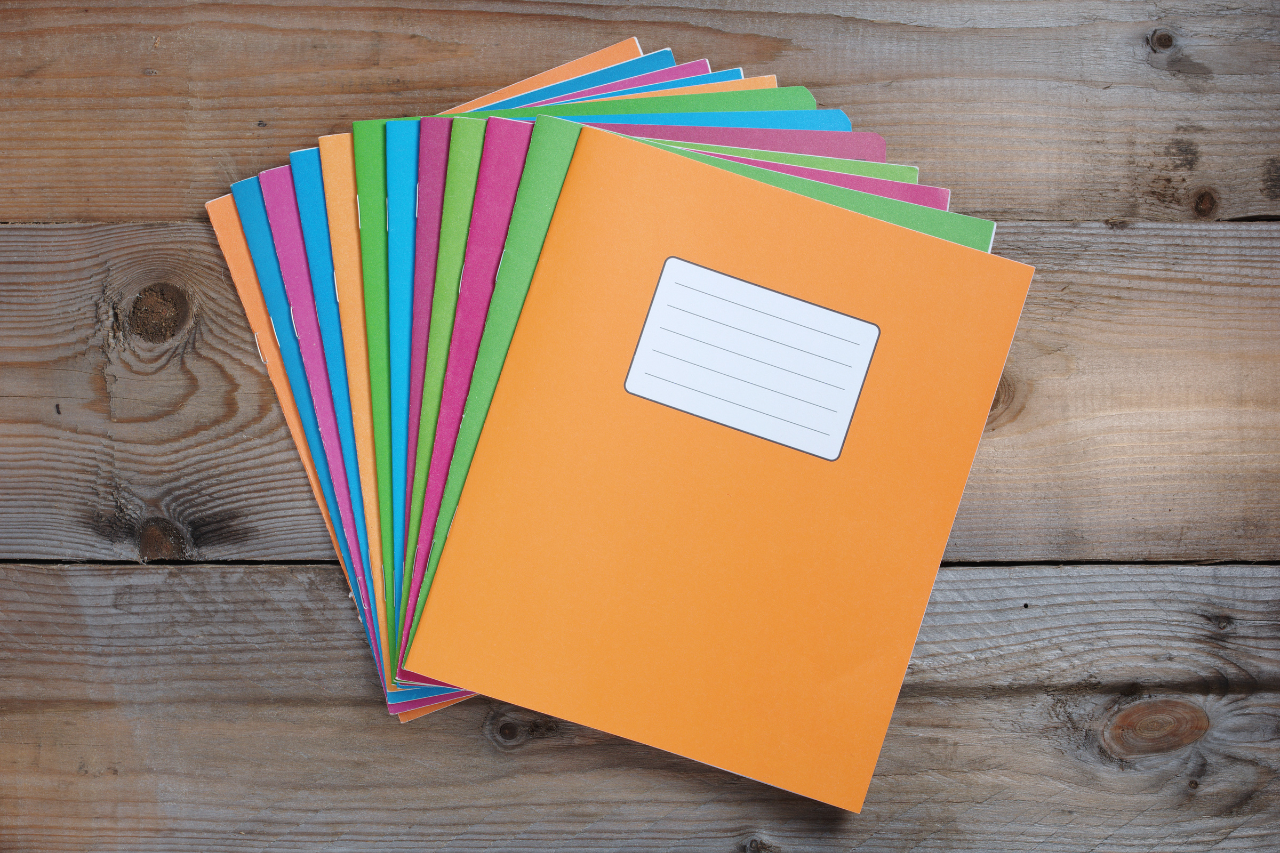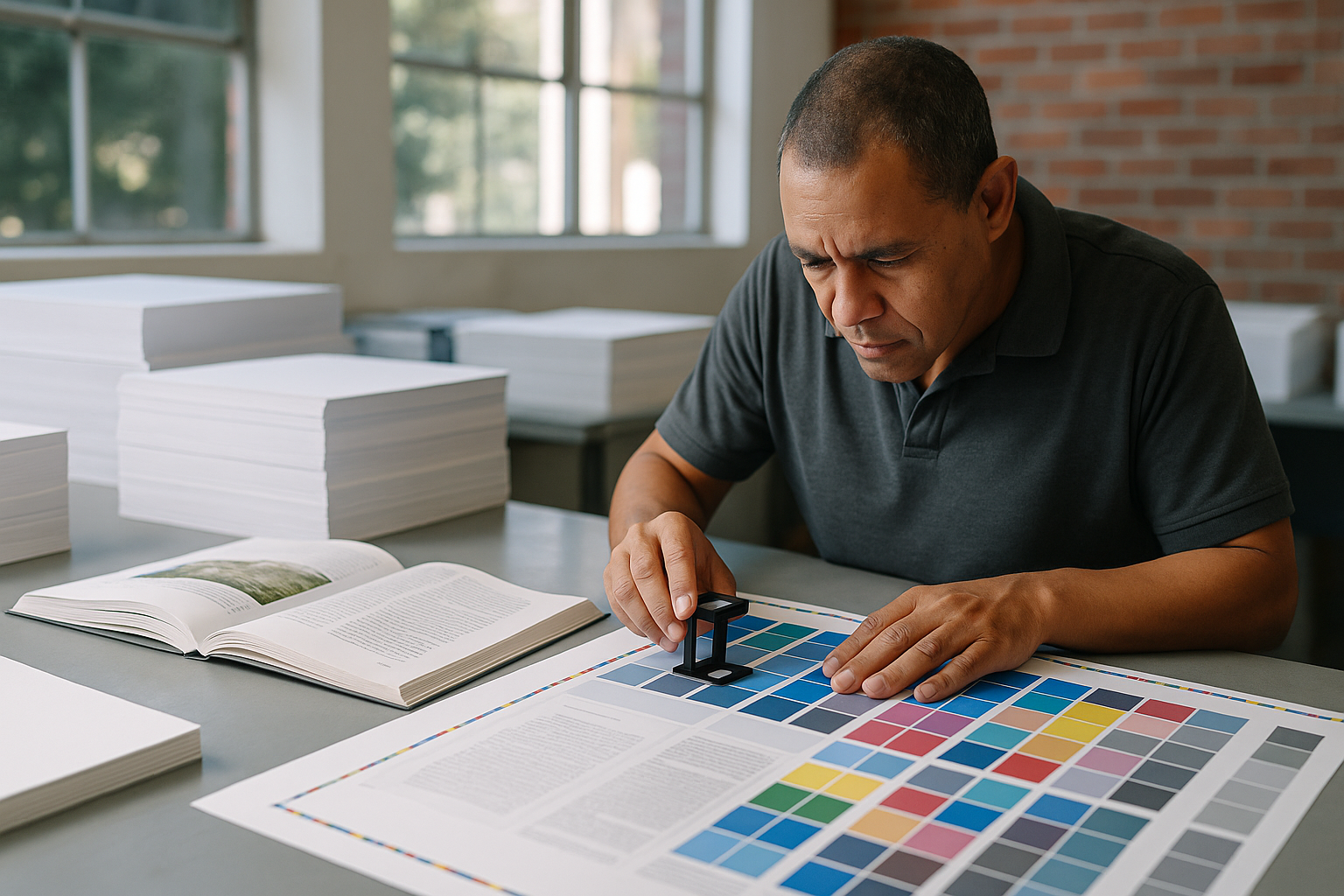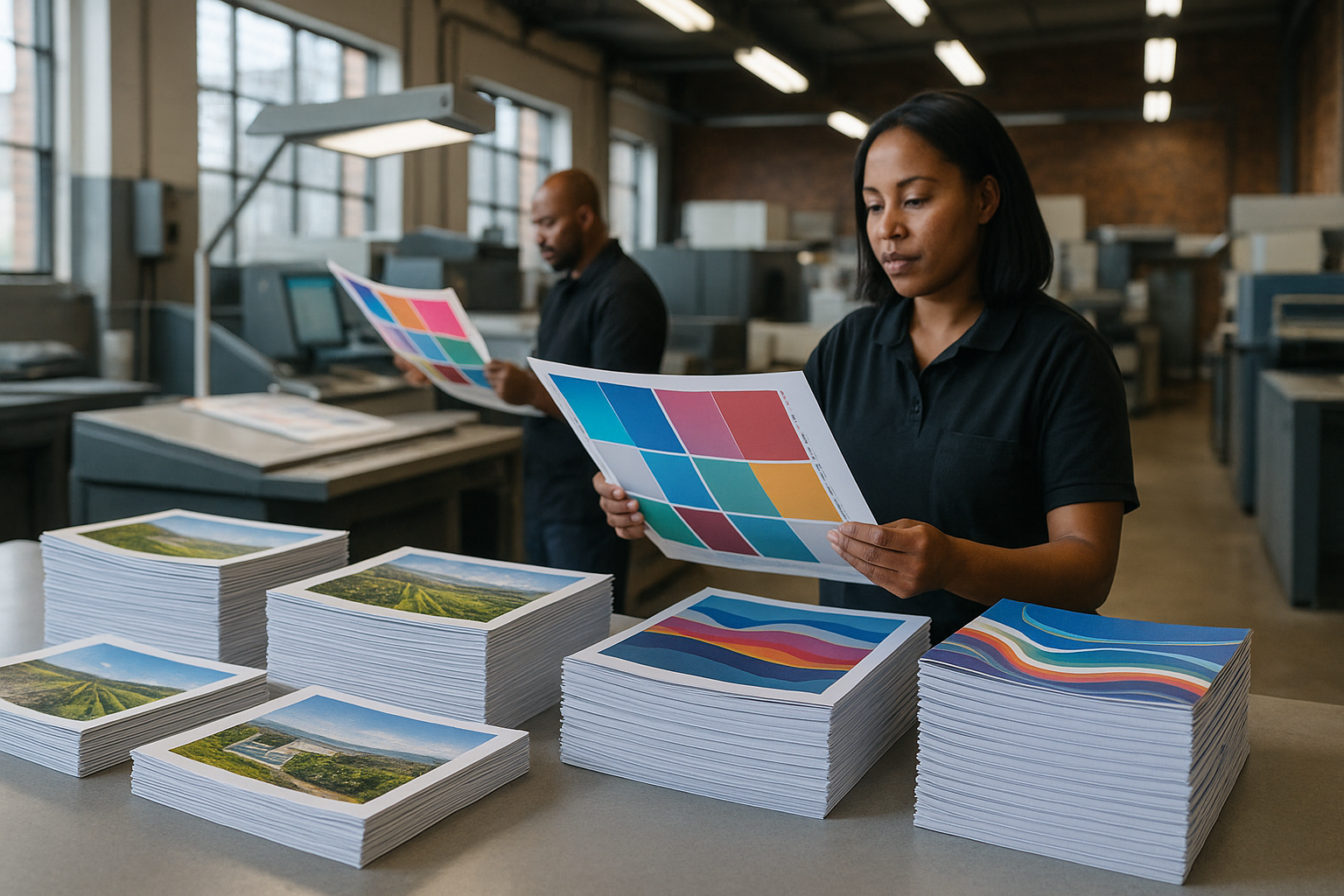Printed school diaries are a simple but powerful organisational tool that helps learners, teachers and parents stay aligned through the academic year.
Why should a school invest in printed diaries rather than rely only on apps?
Digital tools are useful, but printed diaries remain essential in many school contexts. A physical diary is reliable (no battery, no signal), inclusive (supports learners without personal devices), and tangible for parental engagement. Printed diaries also serve as a branding and communications channel for schools during events and term starts. According to UNESCO, textbooks and printed teaching materials are still essential for learning in many low- and middle-income countries; printed diaries complement textbooks and classroom materials by tracking homework and communicating school policies.
How do you plan the content and layout when you print school diaries?
Start by mapping the school year: term dates, exam weeks, public holidays and parent-teacher meeting schedules. Then decide the diary sections: daily/weekly planners, timetable grids, exam trackers, contact sheets, code of conduct, and space for teacher notes. Include visual guides or icons for quick reference. Planning the layout early helps the commercial printing partner estimate page counts, paper stock and potential bulk discounts.
When laying out content, balance white space, typography and imagery. Use accessible fonts and make room for handwriting. For high-volume production, digital proofs and a small pilot run are advisable before full press runs.
What paper, binding and finish options are best for school diaries?
Choosing the right materials affects durability, cost and perceived value. Common options include:
| Feature | Options | Benefits |
| Paper weight | 80-100 gsm for inside pages; 250-300 gsm for cover | Balance between cost and bleed-through prevention |
| Binding | Saddle stitch, perfect bound, wire-o | Wire-o and perfect bind are more durable for daily use |
| Cover finish | Matt lamination, gloss, overall UV varnish or spot varnish | Protects cover, allows custom branding and aesthetics |
For schools in South Africa seeking cost-effective solutions, a durable coated cover with wire-o or perfect binding offers a good lifespan across the school year. Custom finishes such as soft-touch or UV spot can be used sparingly for leadership or staff diaries to manage budget.
How can schools keep costs down when they print school diaries in bulk?
Bulk printing lowers per-unit cost. Work with a commercial printing supplier that offers tiered pricing, fast turnaround and print-on-demand options to match seasonal needs. Design decisions also affect cost — fewer ink colours, standard paper sizes and saddle stitch binding are generally cheaper. Consolidate orders across districts or partner schools to reach better price breaks.
Consider offering premium versions for teachers and a more basic learner edition. Leverage local printing networks for delivery across South Africa to save on logistics and import taxes.
What are eco-friendly printing options for school diaries?
Eco-conscious schools can choose recycled paper stocks, eco inks, and waterless or low-VOC finishing processes. Request FSC certified papers when possible to show environmental responsibility. Many printers offer carbon-offset options or use renewable-energy-powered facilities to reduce the environmental footprint of bulk educational printing.
Balancing sustainability and budget is key: seek paper blends that maintain durability without excessive cost, and plan print quantities accurately to avoid waste.
How do custom features like timetables, planners and stickers improve diary usability?
Custom features increase practical value: printed timetables clipped at the front, weekly homework trackers, exam countdowns, and perforated note pages all help learners and teachers manage time. Stickers or stamps can support behaviour tracking and reward systems. Incorporate teacher planning pages and official school policy summaries to make the diary an administrative tool as well as a student planner.
These tailored elements make diaries more than a calendar — they become a daily instructional and communication device, supporting classroom routines and parental engagement.
How does the printing process work for large school diary runs?
Typical production steps for bulk educational printing include prepress (design, typesetting and proofing), plate-making (for litho), printing (offset or digital), finishing (cutting, binding, lamination), and distribution. Digital printing suits short runs and fast turnaround; litho printing is more cost-effective for very large quantities. According to industry analyses, many schools choose a hybrid approach depending on lead times and customization needs.
Working with a printer that offers both litho and digital printing ensures flexibility throughout the school term — from emergency reprints to pre-term bulk orders.
Which distribution and delivery options should schools expect across South Africa?
Delivery logistics in South Africa vary by region. Choose a commercial printer with nationwide delivery capabilities and experience handling bulk educational shipments to schools. Options include consolidated pallet deliveries to districts, direct shipments to individual schools, or staged drops for large provinces. Fast turnaround printing becomes invaluable when term dates change or schools need additional copies for new intakes.
Partnering with a local printer reduces lead times and allows for cost-effective, eco-friendly distribution strategies.
Can printed diaries be integrated with other school publications and promotional materials?
Yes — diaries are a natural fit in a broader print ecosystem that includes training manuals, booklets, brochures and textbooks. Many schools bundle diaries with term planners, parent newsletters and staff handbooks to create a cohesive communication package. For specialised educational printing like textbooks, consider suppliers that also offer booklet printing and catalogue printing to maintain consistent branding and quality across materials. For more on complementary services, see our booklet printing and brochure printing offerings.
Integrating diaries with other materials creates economies of scale, unifies messaging and strengthens school identity.
What quality checks and proofs should schools request before final printing?
Request a digital proof first, then a physical press proof for colour-critical components like school crests. Check pagination, bleed areas, margins, and the legibility of timetables and small text. For safety and compliance pages (e.g., emergency contact sections), verify accuracy with administrators. Establish acceptance criteria and sign-off procedures to avoid costly reprints.
A short pilot run is particularly useful for new diary formats or when introducing custom finishes like UV spot or embossed covers.
How can schools incorporate branding and sponsorships without compromising educational value?
Branding should be clear but unobtrusive: school crest, colours and motto on the cover and a short principal’s message inside are classic placements. For sponsorships, consider a single sponsor strip on the back cover or a dedicated sponsor page inside rather than intrusive ads on every page. This maintains the diary’s primary instructional purpose while generating revenue to subsidise production.
Many schools use sponsorship funds to offer reduced-price diaries to families who need financial support, thereby increasing equity and access.
What post-production services do printers typically offer for diaries and related educational materials?
Post-production services include warehousing, kitting (bundling diaries with other items), personalised printing (names or house colours), and direct-to-school distribution. For training materials and manuals, printers often offer fulfillment services for staged releases. Choosing a supplier who provides these services simplifies logistics and allows schools to focus on curriculum delivery rather than supply chain management.
For related services, see our training manual printing and education printing pages to coordinate diaries with textbooks and classroom handouts.
How do you evaluate potential print partners for school diary projects in South Africa?
Evaluate suppliers on cost, lead time, material options, environmental credentials and experience in educational printing. Ask for references from other schools and request samples of textbooks, booklets and brochures to judge finish quality. A reliable partner will offer both litho and digital printing and be able to handle textbook-printing and booklet-printing as your school’s needs expand. Check for clear communication about proofs, delivery schedules and contingency plans for short-notice print needs.
According to the South African Department of Basic Education and relevant industry bodies, partnering with experienced local printers helps mitigate risks associated with international supply chain delays and import duties.
What are common mistakes to avoid when you print school diaries?
Common mistakes include underestimating quantities, omitting key dates and policies, using illegible fonts, and selecting fragile bindings for daily-use diaries. Avoid last-minute design changes that can trigger extra plate costs in litho runs. Ensure contact information is up-to-date before final proofing, and plan for a small contingency stock for new admissions or replacements.
Budget for distribution and storage, and decide early if you need custom personalisation to avoid unexpected per-unit cost increases.
How can diaries support school improvement and communication strategies?
Well-designed diaries reinforce routines, centralise communication, and document learner progress. They can include sections for parent feedback, teacher comments and weekly reflections that contribute to continuous improvement. Diaries that integrate behaviour tracking and academic checklists become data sources that inform interventions and report-writing. According to educational research, consistent use of planners and structured diaries can improve time-management skills and homework completion among learners.
Track diary adoption rates and collect feedback at term’s end to refine the next year’s edition and further align print materials with pedagogical goals.
Where can schools find more information and services for printing diaries and educational materials?
Consider suppliers who specialise in school and educational printing — they will understand term cycles, compliance and bulk delivery logistics. For larger print needs such as textbooks and catalogues, consult specialist printing services. You can learn more about schools and their role in education on the School – Wikipedia page. For specific printing services and to compare options, see our pages on textbook printing, education printing, booklet printing, and brochure printing.
According to industry observers, schools that invest in planning and partner selection save time and money long-term. According to Statistics South Africa, the education sector continues to be a major focus area for public services, reinforcing the importance of reliable, cost-effective educational printing. According to international trade analyses, the commercial printing sector remains a backbone for educational and promotional materials, especially where fast turnaround and local delivery are required.
Ready to print school diaries that work for your learners and staff? Contact a specialised educational printing partner to develop sample layouts, request proofs and get a quote tailored to your term dates and delivery requirements across South Africa.
Contact Print It ZA today, we do educational Printing Best!
Contact us today for a Free Quote and speedy service.










